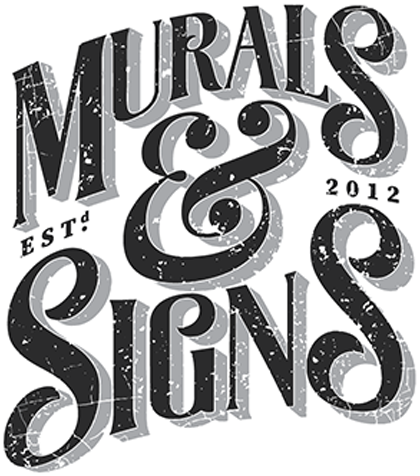In the realm of commercial signage, capturing attention and conveying messages effectively are paramount. The strategic selection of colors and fonts can make or break the impact of your signage. From evoking emotions to ensuring readability, every choice matters. This article delves into expert insights on how to choose the perfect colors and fonts for your commercial signage, ensuring your message shines through and leaves a lasting impression.
The Psychology of Color in Signage
Colors are not just visual elements; they carry psychological cues that influence perceptions and emotions. Understanding the psychology of color is vital when selecting hues for your commercial signage.
Establish Brand Identity
Colors play a significant role in brand recognition. Consistency is key – choose colors that align with your brand’s identity. If your brand palette includes specific colors, incorporate them into your signage to reinforce brand recognition and build a cohesive visual identity.
Evoke Emotions
Different colors evoke different emotions. For instance, red can create a sense of urgency or excitement, while blue conveys trust and professionalism. Consider the emotional response you want to trigger in your audience and choose colors that resonate with that intention.
Consider Cultural Associations
Colors can have diverse cultural associations. For example, white symbolizes purity in Western cultures but signifies mourning in some Eastern cultures. Be aware of these cultural nuances, especially if your signage targets a global or multicultural audience.
Font Selection for Maximum Impact
Fonts are the typography vehicles that carry your message. The right font ensures readability and complements the tone of your message.
Prioritize Readability
Above all, your chosen font must be easy to read. Avoid overly decorative or complex fonts that could hinder legibility. Opt for clear and straightforward typefaces that ensure your message is understood at a glance.
Match the Brand’s Voice
Fonts possess personalities just like colors. A bold, modern font might be ideal for a cutting-edge technology company, while a classic serif font could suit a heritage brand. Align the font’s personality with your brand’s voice to maintain consistency across all touchpoints.
Create Visual Hierarchy
Differentiate fonts to establish a visual hierarchy in your signage. Use larger and bolder fonts for headlines or crucial information, while smaller fonts can be reserved for secondary details. This hierarchy guides the viewer’s attention and ensures key messages are noticed first.
Achieving Optimal Contrast
Contrast enhances readability and draws attention. Striking the right balance between text and background is crucial for effective commercial signage.
Dark vs. Light Backgrounds
Choose a text color that contrasts well with the background. For instance, dark text on a light background or vice versa is a classic choice that ensures legibility. Test different combinations to find the one that offers the best contrast.
High Contrast for Impact
High contrast between text and background makes your message stand out, especially from a distance. The stark contrast catches the eye, ensuring that your signage remains visible even in busy environments.
Accessibility Considerations
Accessible signage is essential for an inclusive experience. Ensure that your chosen color and font combinations meet accessibility standards, making your message accessible to everyone, including those with visual impairments.
The Science of Color and Font Pairing
The harmony between colors and fonts is an art backed by science. Certain pairings enhance legibility and visual appeal.
Complementary Colors and Fonts
Complementary colors lie opposite each other on the color wheel and create a balanced contrast. Similarly, pairing fonts with contrasting styles, such as a bold font with a delicate script, can create visual interest and enhance readability.
Consistency is Key
Maintain consistency in your color and font choices across various signage types. Whether it’s storefront signs, banners, or digital displays, a cohesive look reinforces your brand identity and makes your message more memorable.
Test and Iterate
Before finalizing your color and font choices, conduct tests to ensure readability and visual appeal. Seek feedback from potential viewers and make necessary adjustments based on their input.
Conclusion
When it comes to commercial signage, colors and fonts are more than aesthetic choices; they are strategic tools for communication. The right combination can evoke emotions, reinforce brand identity, and ensure your message is understood by your target audience. By understanding the psychology of colors, selecting fonts wisely, achieving optimal contrast, and pairing colors and fonts harmoniously, you can create signage that stands out, engages viewers, and leaves a lasting impression. Remember, the art lies in finding the perfect balance between visual appeal and effective communication, ensuring that your commercial signage is not only visually striking but also a powerful vehicle for conveying your message.
